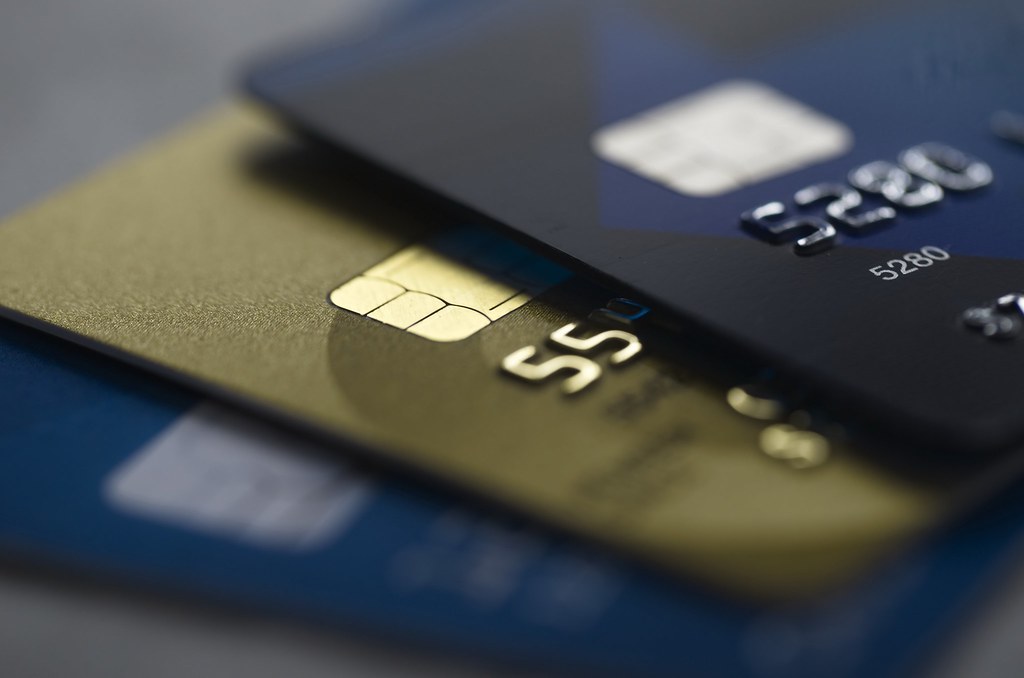Debt can be overwhelming, more so when one has debt from car loans, student loans, mortgage, medical bills, and credit cards. If you have debt from accruing from several credit cards, the first thing to tackling that debt is having a debt payoff plan in place. Here are some of the strategies that can help you tackle your credit card debt:
Balance transfer credit cards
This method entails transferring the debt from a high-interest rate account to a low-interest rate account which will help spend little on interest. Sometimes you can take advantage of a promotional period or 0% interest rate, thus allowing you to make payments at no or low interest for as long as the promotion lasts. Notably, some card providers will waive interest for almost a year, with some offering the 0% or low intro annual rate for two years. It is worth noting that there is a balance transfer fee of 3-5%, but it is worth it when considering the amount you will save.
Important things to remember
When choosing the balance transfer method, you should remember that the monthly minimum payment will still be due every month. You will have to make the minimum monthly payment to retain the promo APR on the balance transfer card. Also, you will continue your daily spending because that balance transfer credit card doesn’t prevent you from spending.
How to choose a balance transfer card
You need good credit to get a balance transfer card, and this changes depending on market conditions. Therefore you have to check if you qualify.
The other thing to check is the balance transfer fee. If a card is charging 3% for the transferred balance, it will add $30 to every $1000 transfer. Similarly, consider how long you have to transfer a balance after getting a new card. To take advantage of the intro APR, you should transfer the balance within 60-120 days. Always review the teams and conditions of the balance transfer card to know the deadline.


